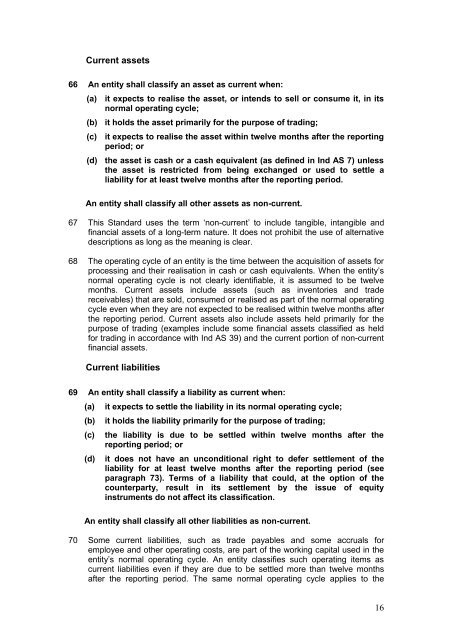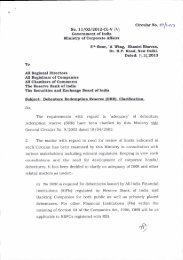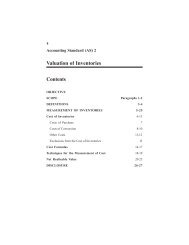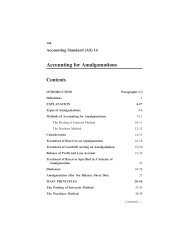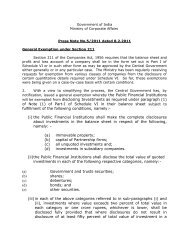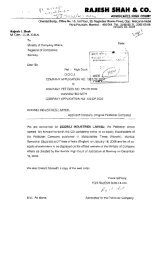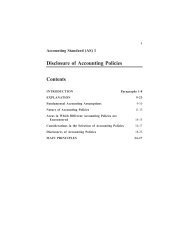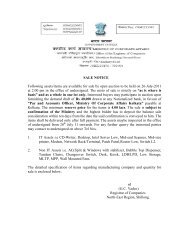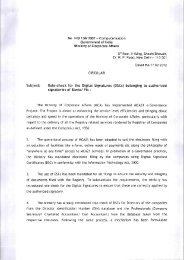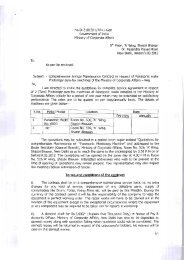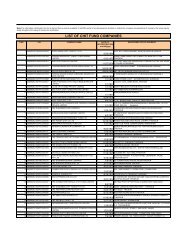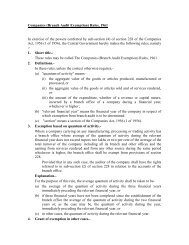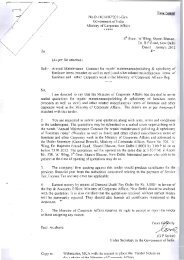Indian Accounting Standards(Ind AS) 1
Indian Accounting Standards(Ind AS) 1
Indian Accounting Standards(Ind AS) 1
You also want an ePaper? Increase the reach of your titles
YUMPU automatically turns print PDFs into web optimized ePapers that Google loves.
Current assets<br />
66 An entity shall classify an asset as current when:<br />
(a) it expects to realise the asset, or intends to sell or consume it, in its<br />
normal operating cycle;<br />
(b) it holds the asset primarily for the purpose of trading;<br />
(c) it expects to realise the asset within twelve months after the reporting<br />
period; or<br />
(d) the asset is cash or a cash equivalent (as defined in <strong>Ind</strong> <strong>AS</strong> 7) unless<br />
the asset is restricted from being exchanged or used to settle a<br />
liability for at least twelve months after the reporting period.<br />
An entity shall classify all other assets as non-current.<br />
67 This Standard uses the term ‘non-current’ to include tangible, intangible and<br />
financial assets of a long-term nature. It does not prohibit the use of alternative<br />
descriptions as long as the meaning is clear.<br />
68 The operating cycle of an entity is the time between the acquisition of assets for<br />
processing and their realisation in cash or cash equivalents. When the entity’s<br />
normal operating cycle is not clearly identifiable, it is assumed to be twelve<br />
months. Current assets include assets (such as inventories and trade<br />
receivables) that are sold, consumed or realised as part of the normal operating<br />
cycle even when they are not expected to be realised within twelve months after<br />
the reporting period. Current assets also include assets held primarily for the<br />
purpose of trading (examples include some financial assets classified as held<br />
for trading in accordance with <strong>Ind</strong> <strong>AS</strong> 39) and the current portion of non-current<br />
financial assets.<br />
Current liabilities<br />
69 An entity shall classify a liability as current when:<br />
(a) it expects to settle the liability in its normal operating cycle;<br />
(b) it holds the liability primarily for the purpose of trading;<br />
(c) the liability is due to be settled within twelve months after the<br />
reporting period; or<br />
(d) it does not have an unconditional right to defer settlement of the<br />
liability for at least twelve months after the reporting period (see<br />
paragraph 73). Terms of a liability that could, at the option of the<br />
counterparty, result in its settlement by the issue of equity<br />
instruments do not affect its classification.<br />
An entity shall classify all other liabilities as non-current.<br />
70 Some current liabilities, such as trade payables and some accruals for<br />
employee and other operating costs, are part of the working capital used in the<br />
entity’s normal operating cycle. An entity classifies such operating items as<br />
current liabilities even if they are due to be settled more than twelve months<br />
after the reporting period. The same normal operating cycle applies to the<br />
16


